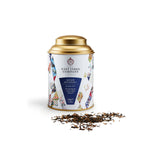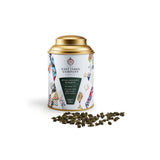Stories
The London Chocolate Houses
Columbus first brought cocoa back to Spain in 1502 to little acclaim but after Cortes conquered Montezuma and the Aztecs, he successfully introduced cocoa, transformed from bitterness with sugar or honey, to the Spanish court, saying “One of this precious drink allows a man to walk a whole day without taking nourishment.”
Chocolate soon arrived in Britain, being first sold in 1657 in The Coffee Mill & Tobacco Roll. It was all things to all people: to some, as with the Aztecs, it was the viagra of the day; to others including Samuel Pepys, a hangover cure.
The East India Company did trade in cocoa, paying 2 shillings in tax per pound of cocoa imported by 1760, the equivalent to one day’s wages, for these beguiling cargoes of cocoa from far off lands, but in truth was more engaged in tea than chocolate. And industrialisation made chocolate a food for the masses around this time and Chocolate Houses soon fell out of fashion.



 Ceylon / Sri Lanka
Ceylon / Sri Lanka Assam, India
Assam, India Japan
Japan Taiwan
Taiwan Nepal
Nepal China
China Kenya
Kenya Egypt
Egypt South Africa
South Africa













